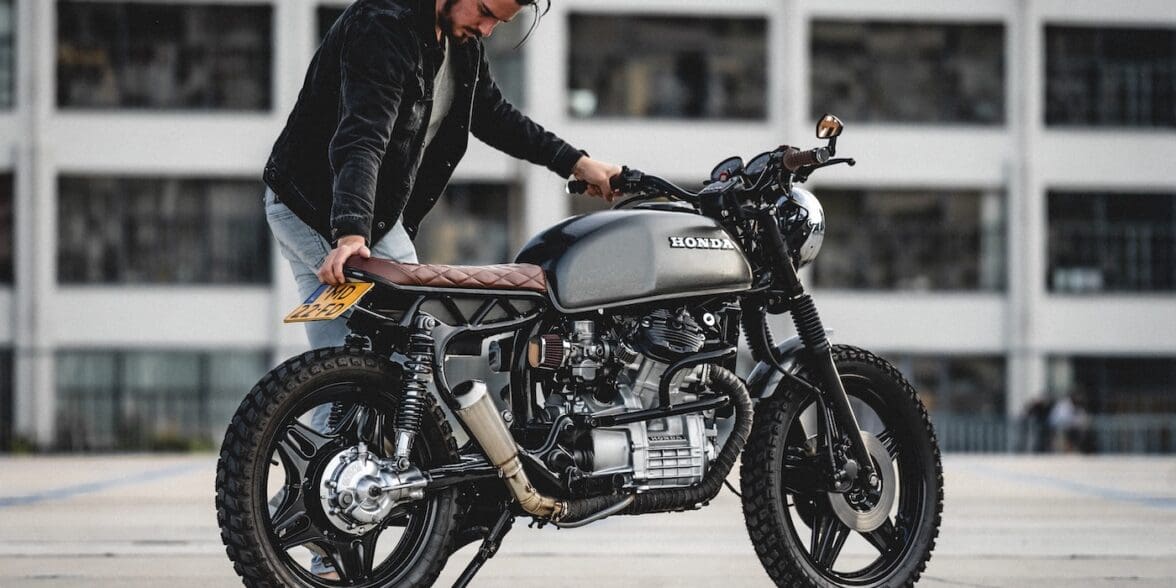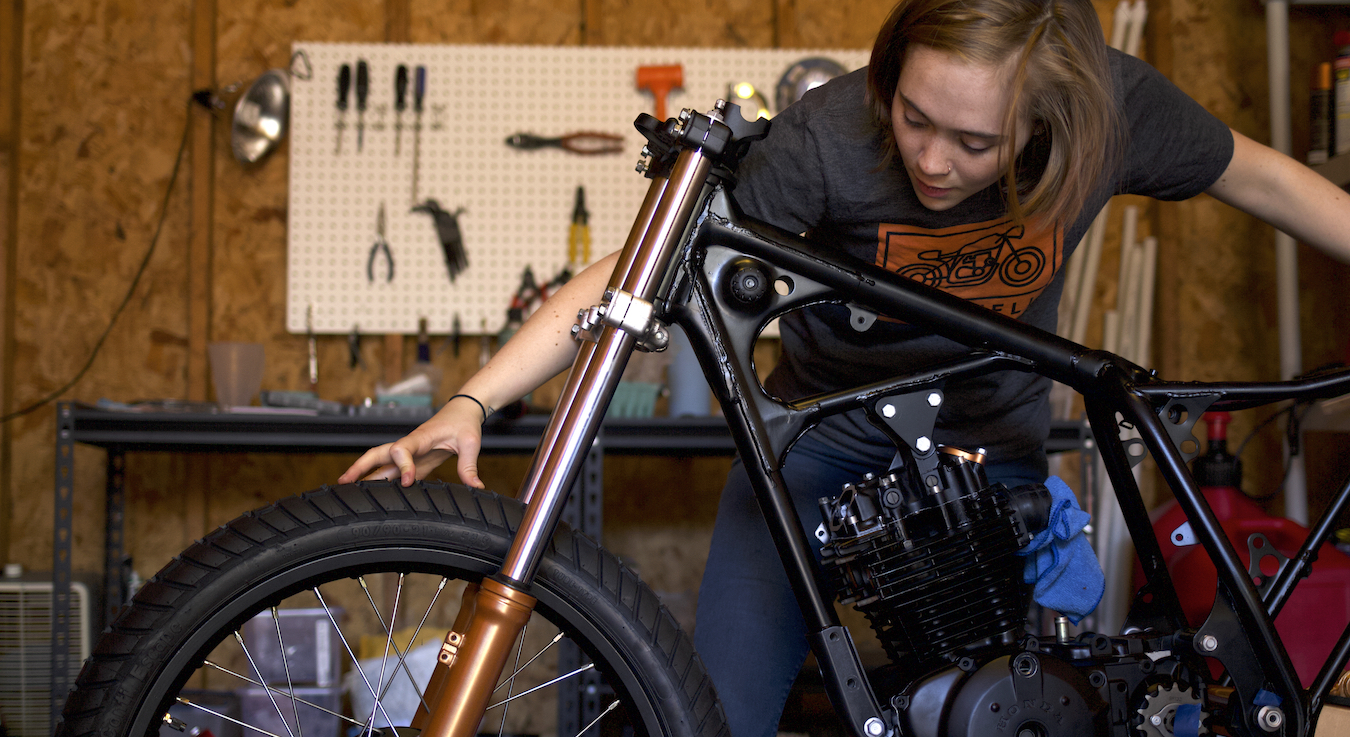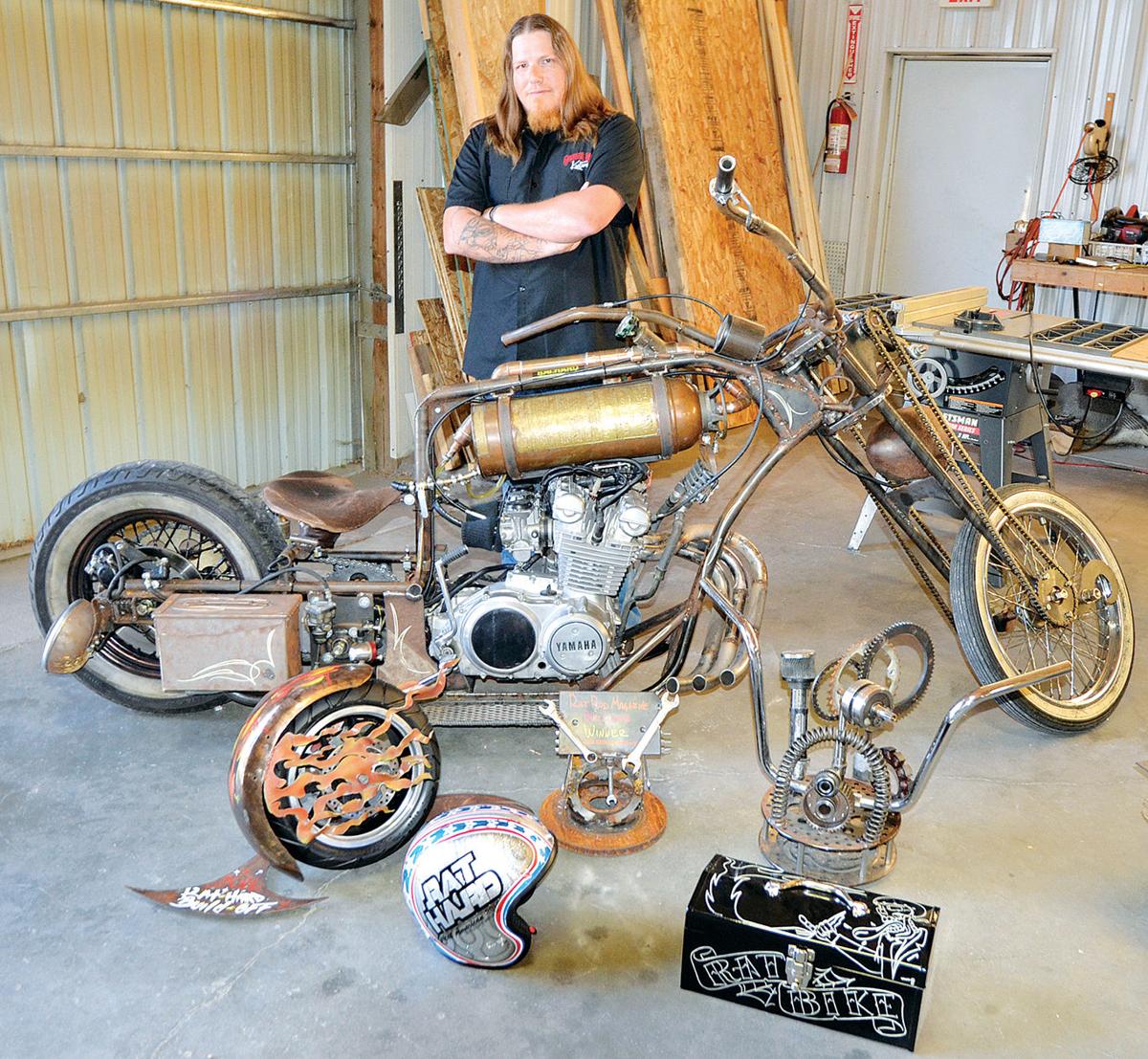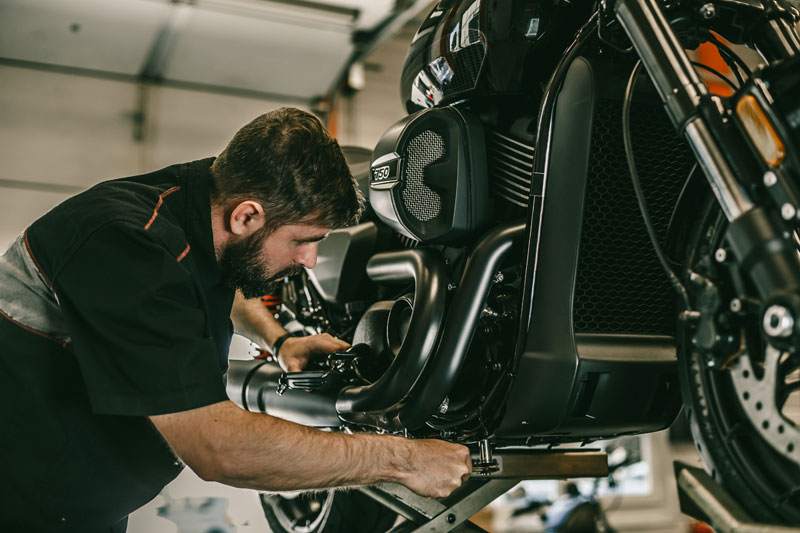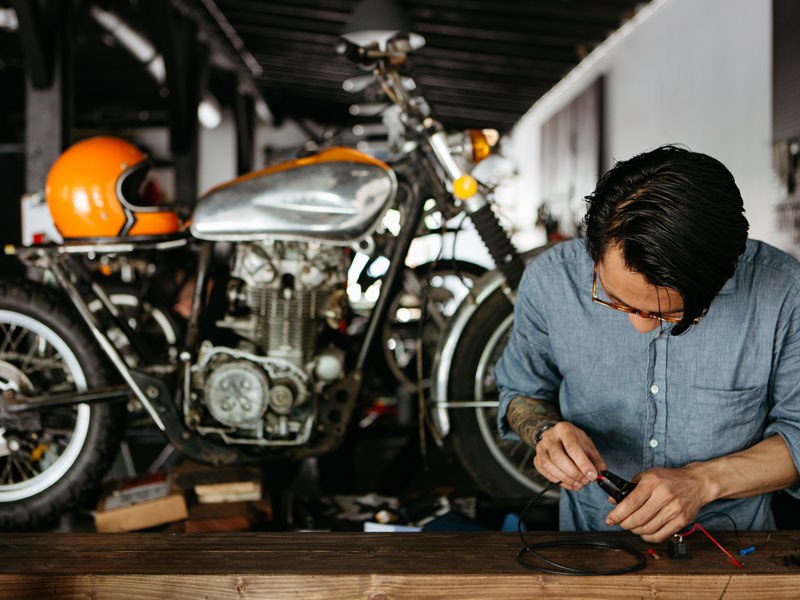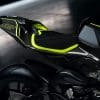Amidst the new bikes being pushed out in anticipation of a loaded 2022 year (Ducati – via the World Premiere – and a few others have already released a lot of their machines to the masses), a decently seasoned rider might notice motorcycle specs that showcase nearly identical power figures.
Some bikes don’t even look the same, yet will house the same engine as another bike from the same brand, different genre.
Here are some examples of motorcycles that share the same engine:
Ducati 1198s And Ducati Multistrada
1198 Testastretta Evoluzione V-twin
Yamaha R1 And Yamaha MT10
998cc, crossplane 4 cylinder 4-valve engine
Kawasaki Ninja 650 And Kawasaki Versys 650
649cc, DOHC, parallel twin with digital fuel injection
Suzuki SV650X And Suzuki V-Strom
645cc, four-stroke, DOHC, 90-degree, L-twin engine
KTM SMC 690 And Husqvarna Vitpilen 701
690cc, single-cylinder engine (LC4)
Yamaha XSR900 Abarth And Yamaha Tracer 900
847cc, transverse inline-triple engine
Yamaha MT07 And Yamaha Tenere 700
655–689cc, 4-stroke, 8-valve, DOHC, parallel-twin
One has to ask the obligatory question: Why do this? Why not create something customized to the genre, instead of conforming to the mass-produced machinery available from today’s part suppliers?
Kevin Cameron over at CycleWorld has a few good points to make on this conundrum.
“It’s All About Cost”
“Back in the fat years before 2005, a sportbike was made in sportbike fashion from the ground up,” comments Cameron.
“Ditto for the other flavors. That kind of dedicated engineering was affordable in a strong market, but after 2008 everything changed. The manufacturers tried one novelty after another but without much success.”
“So now we’re back to the proven menu items, but with prices brought under better control by shared engines and chassis parts, plus overall reductions in parts count.”
“What Happens If You Don’t?”
“Five years earlier Germany’s postwar motorcycle boom was snuffed out when small autos such as the VW hit the market,” muses Cameron.
“Motorcycles were successful when they were the major cost-conscious transportation, but the instant folks could afford to be dry and warm while commuting or traveling in Northern Europe they became car owners…A similar transition occurred in Britain.”
…Not that I’d say anybody here would be in absolute danger of converting to pure cager material, but the man makes a good point…which leads us to the final point:
Public Demand
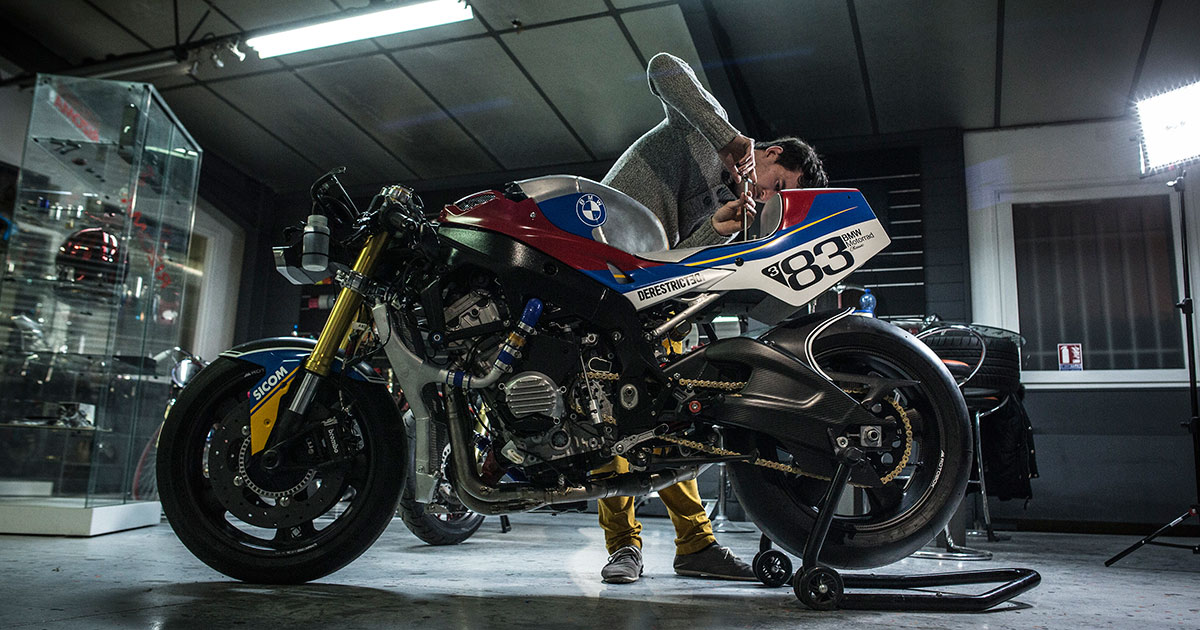

This is self-explanatory.
When people buy a bike and it’s a good bike, they want their next bike to feel even better.
Pop somebody on their favorite supersport and tell them the adventure bike next door has the same punch – you’ve got a customer for life, and free advertisement by word of mouth as those two beasties become the topic of choice for the local weekend bars.
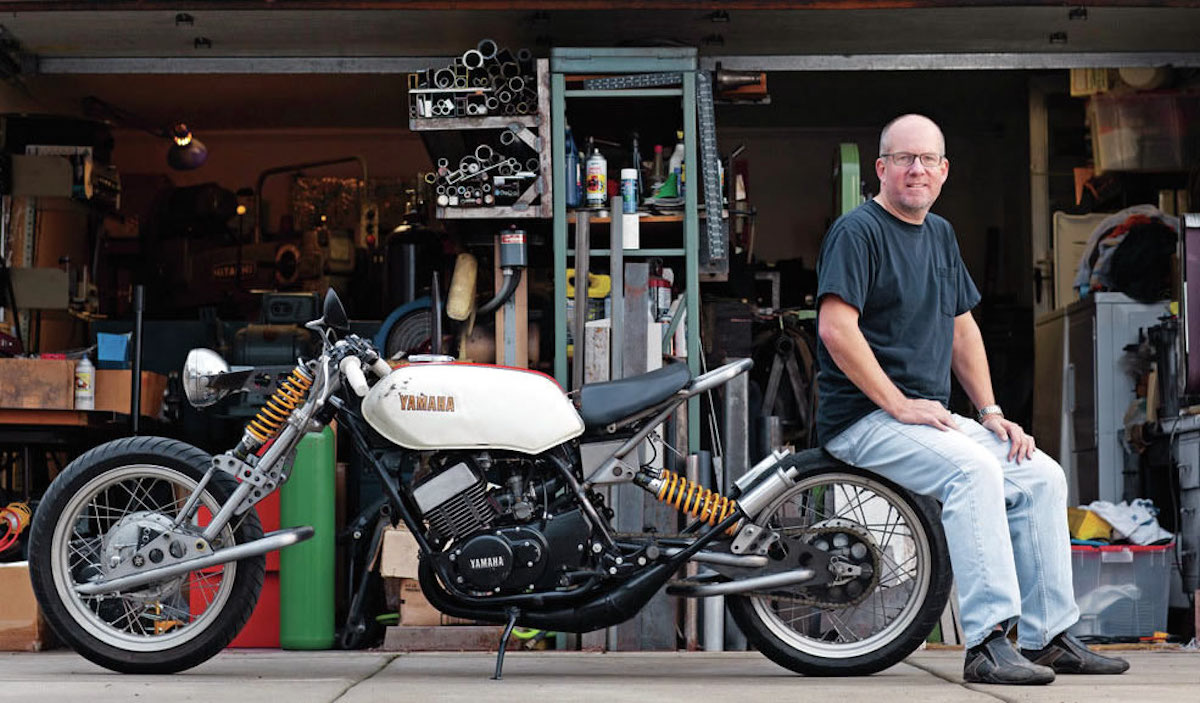

We hope you’ve enjoyed the read – be sure to drop a comment below, we love to hear from you; and while you’re at it, check up on Top Gear’s Mind-Blowing Tribute to Stuntman Icon Eddie King


